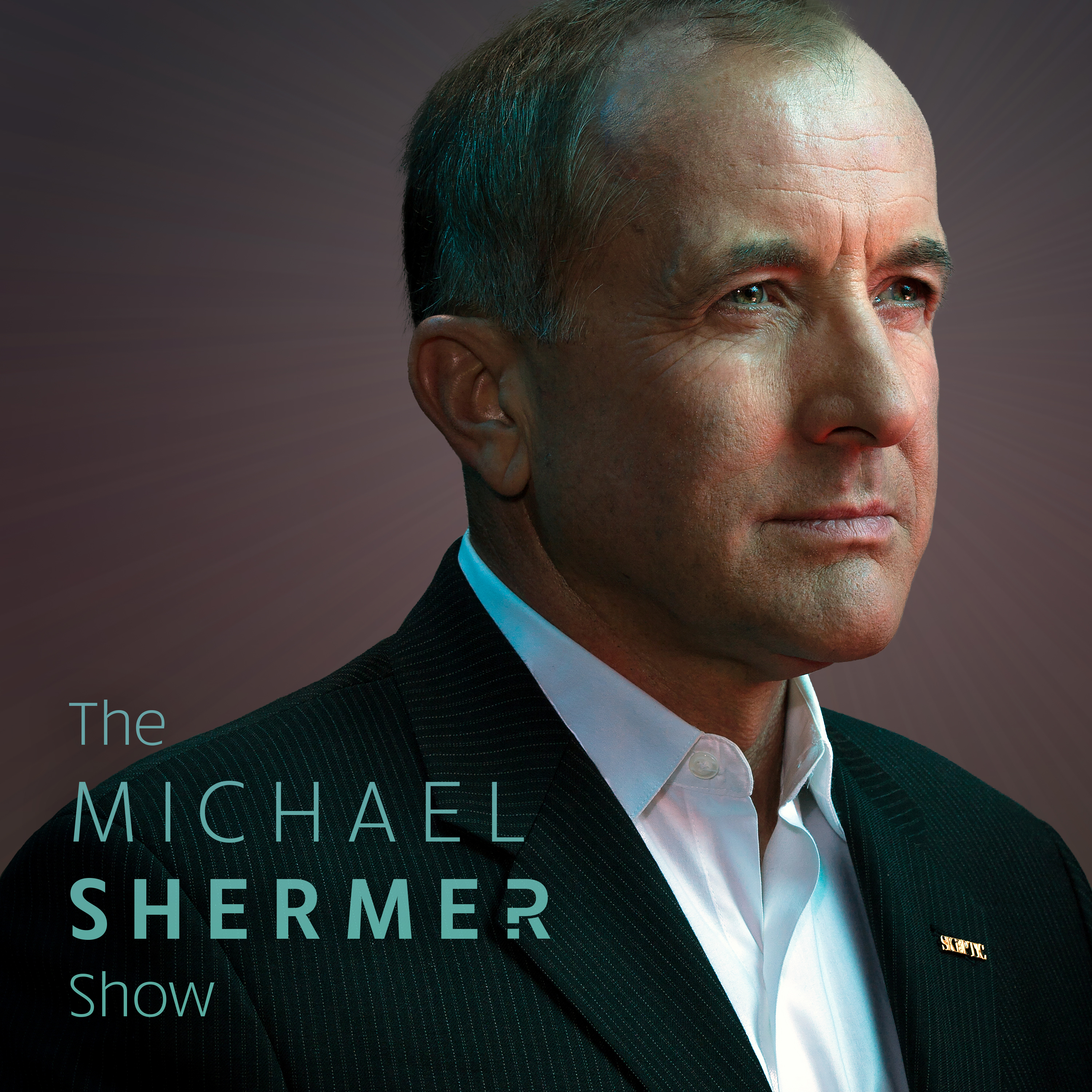Religion as Make-Believe: A Theory of Belief, Imagination, and Group Identity

We often assume that religious beliefs are no different in kind from ordinary factual beliefs\u2014that believing in the existence of God or of supernatural entities that hear our prayers is akin to believing that May comes before June. Neuroscientist and philosopher Neil Van Leeuwen shows that, in fact, these two forms of belief are strikingly different. Our brains do not process religious beliefs like they do beliefs concerning mundane reality; instead, empirical findings show that religious beliefs function like the imaginings that guide make-believe play.
Van Leeuwen argues that religious belief\u2015which he terms religious \u201ccredence\u201d\u2015is best understood as a form of imagination that people use to define the identity of their group and express the values they hold sacred. When a person pretends, they navigate the world by consulting two maps: the first represents mundane reality, and the second superimposes the features of the imagined world atop the first. Drawing on psychological, linguistic, and anthropological evidence, Van Leeuwen posits that religious communities operate in much the same way, consulting a factual-belief map that represents ordinary objects and events and a religious-credence map that accords these objects and events imagined sacred and supernatural significance.
It is hardly controversial to suggest that religion has a social function, but Religion as Make-Believe breaks new ground by theorizing the underlying cognitive mechanisms. Once we recognize that our minds process factual and religious beliefs in fundamentally different ways, we can gain deeper understanding of the complex individual and group psychology of religious faith.
Neil Van Leeuwen is Associate Professor of Philosophy and Neuroscience at Georgia State University and a recipient of the European Commission\u2019s Marie Curie Fellowship. His research has been featured in The New York Times and The Atlantic and on NPR. His new book is Religion as Make-Believe: A Theory of Belief, Imagination and Group Identity.
Shermer and Van Leeuwen discuss: his own personal religious journey (or lack thereof) \u2022 \u201cbelieve,\u201d \u201cmake-believe,\u201d and \u201cpretend play\u201d \u2022 \u201ctaking God seriously\u201d \u2022 4 Principles of Factual Belief \u2022 Tanya Luhrmann\u2019s How God Becomes Real: Kindling the Presence of Invisible Others \u2022 willing suspension of disbelief \u2022 group identity \u2022 sacred values \u2022 The Puzzle of Religious Rationality \u2022 that voice we all hear in our heads \u2022 \u201chearing the voice of God\u201d \u2022 hallucinations and psychoses \u2022 sleep paralysis \u2022 angels and demons \u2022 sensed presences \u2022 witches and witchcraft.